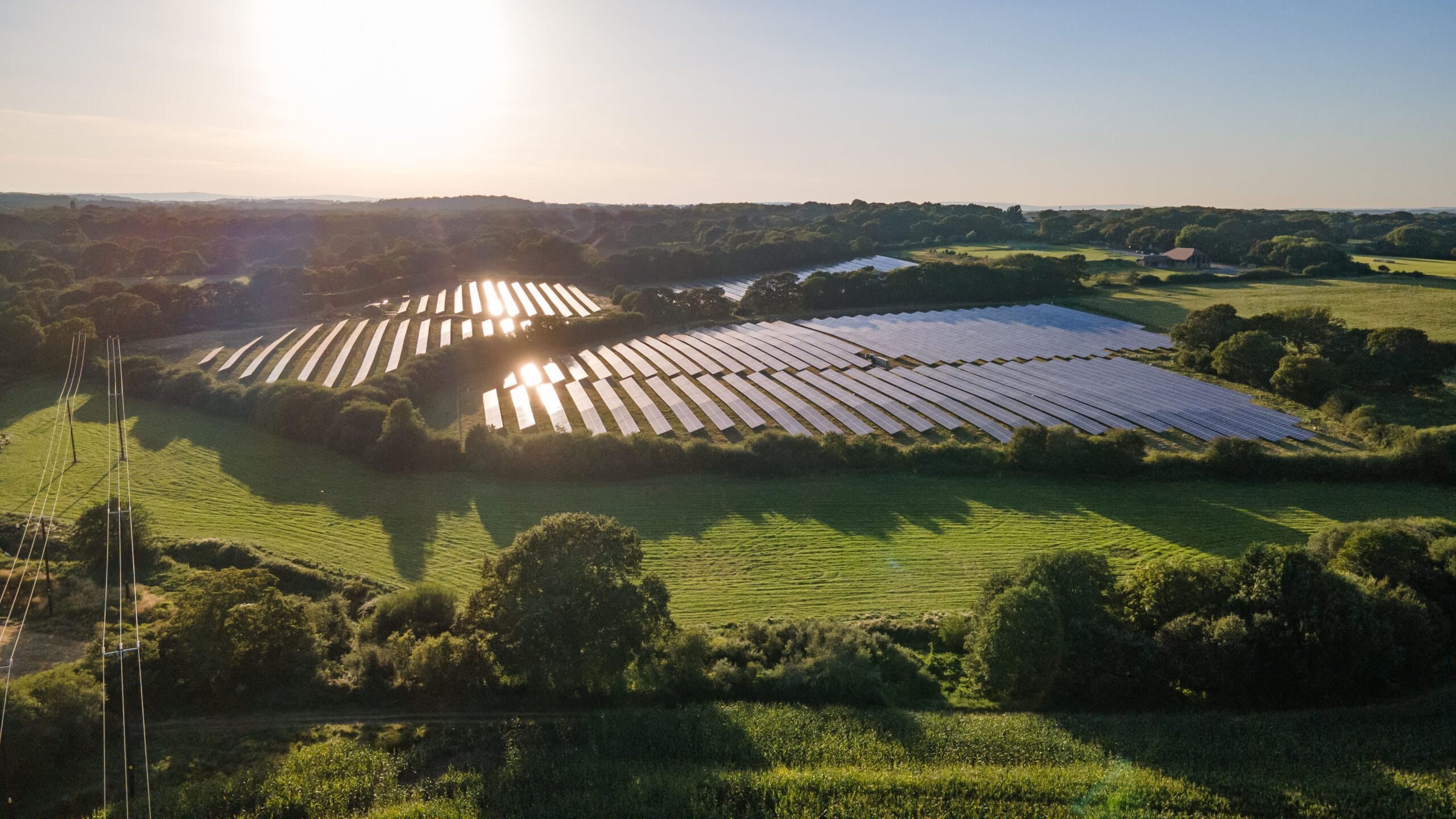It’s time to take SuDS seriously
The recent report by the Landscape Institute (LI) and Construction Industry Council (CIC) has highlighted that delivery of sustainable drainage (SuDS) in England is currently a long way behind where it should be. Motion’s Richard Bettridge explores the underlying issues.
The principles of SuDS are well known and understood, and have been part of the English planning system since 2010 and they are now mandatory in Wales for all new developments over 100m2. Despite SuDS being encouraged in all major developments by the national planning policy, the report findings show a staggering 96 per cent of local authorities found the quality of planning submissions for SuDS were either ‘inadequate’ or ‘mixed’.
We would all agree that this is an unacceptable statistic, and puts communities at threat of surface water flooding. How do we find ourselves in this situation? I suggest there are three main factors for this failing:
- SuDS measures are generally surface features, such as ponds and swales, which are land hungry. Traditional surface water drainage is normally installed underground, allowing for more developable space. Sites have to be viable, and drainage costs need to be factored into the development of the site. In turn, this puts pressure on the number of units and density of development. This may explain the reluctance of developers to present generous SuDS features and the difficulty of implementing a SuDS policy where sites are constrained.
- Second, because SuDS relate to a return to ‘natural’ drainage processes such as grass and reed beds, they are often maintenance heavy. The capital costs may be less than traditional drainage, but the maintenance costs are high. This is another barrier to adoption.
- Third, there has been a great deal of reluctance by sewerage undertakers to adopt SuDS because of the high maintenance requirements, responsibility and a risk of claims in the event of failure. There is an ongoing debate about the sort of agreements that need to be entered into when SuDS have been constructed. Who wants to look after them and be responsible for their future efficacy? Anyone adopting SuDS is likely to want a hefty ‘dowry’ to take it on.
By addressing these three areas we could see an increase in the uptake and successful implementation of sustainable drainage in new developments. I would be interested to hear the views of others on the topic. Please let me know what you think. To find out how one of Motion’s SuDS experts can support your next development get in touch with us at: rbettridge@motion.co.uk



